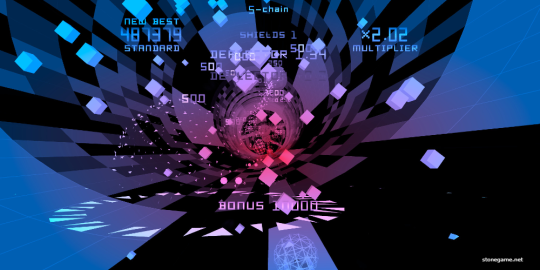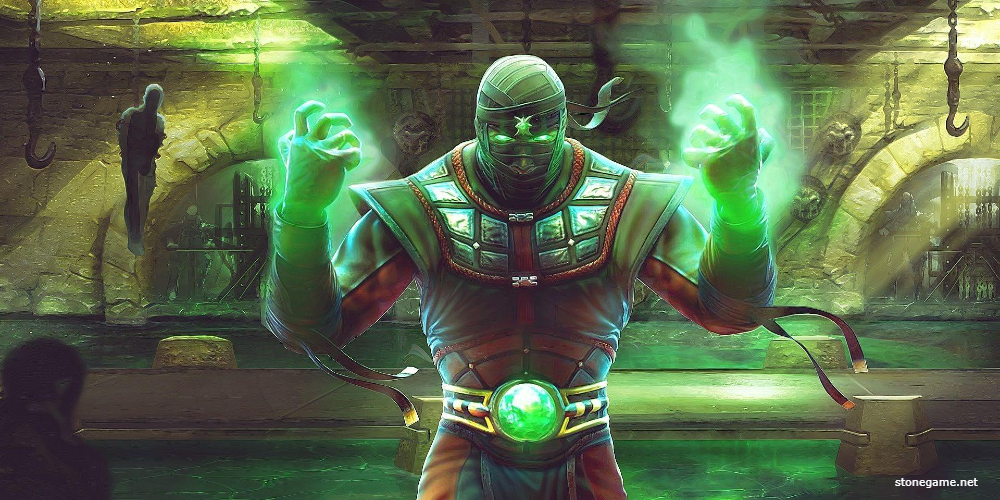
Video games have long been a fertile ground for the creation and spread of urban legends. The interactive nature of these digital worlds allows myths to be not only told but also experienced, adding a layer of credibility and terror for those eager to believe. These legends often involve secret levels, hidden messages, or cursed games that supposedly cause a myriad of strange occurrences. This article presents a compendium of the most spine-chilling urban legends, the stories behind them, and the ways they have influenced gaming culture across generations.
1. Polybius: The Arcade Game of Darkness
Polybius is the apex of the video game Urban Legends, a supposed arcade game that appeared in the 1980s in Portland, Oregon. According to the tale, the game caused adverse effects on the psyche of those who played it, leading to disorientation and troubled dreams. It was said to be serviced by men in black, sparking conspiracy theories about mind-control experiments. Despite extensive searches, no credible evidence of its existence has ever been found, leaving many to ponder the divide between reality and digital folklore.
2. Lavender Town Syndrome: The Haunting Melodies
The haunting tale of Lavender Town in Pokémon Red and Blue has been a staple in the gaming community. The legend speaks of a version of the game's soundtrack that, when reached, exposed children to harmful frequencies, resulting in dire consequences. While the music of Lavender Town is certainly eerie, the legend gained momentum through the internet, playing upon the fear of subliminal messages hidden within games and the profound effect that seemingly innocent media can have on its consumers.

3. The Madden Curse: A Career-Changing Cover
Perhaps one of the most well-known among sports gamers is the Madden Curse, which suggests that athletes featured on the cover of EA Sports' Madden NFL series invariably experience a decline in performance or suffer injuries. Looking at the history of cover athletes, there is a surprisingly high correlation of mishaps, fueling the superstition amongst fans and even players as they grapple with the notion of a digital curse reaching into the real world to alter destinies.
4. Herobrine: The Specter of Minecraft
Herobrine is a mysterious, player-like entity that players claim to witness within the vast, pixelated wilderness of Minecraft. Descriptions of this character include a default player model but with chilling, empty, white eyes. Despite the developers denying his existence and attributing sightings to mods or hoaxes, the story of Herobrine grew to become the ghost story of the digital age, blurring the lines between programmed code and the urban legend.
5. The Ghosts of Halo: Guardians in the Fog
Halo series players whisper about eerie apparitions in the multiplayer maps. They tell of figures that resemble Spartan soldiers, phantoms that appear briefly in the fog of war, only to vanish without a trace. The legends pervade forums and YouTube, with many dedicated to uncovering the truth. Do these specters signify glitches, or are they echoes of fallen warriors embedded in the game's fabric? The community lingers on every possible explanation.

6. Ben Drowned: The Haunted Zelda Cartridge
This modern myth revolves around a supposedly haunted The Legend of Zelda: Majora's Mask cartridge. The narrative details a malevolent spirit named Ben that influences the game and torments the player with cryptic messages and chilling alterations to the game's audiovisual effects. Originating from a creepypasta, Ben Drowned expanded into an alternate reality game, illustrating how legends can extend beyond their origin, captivating and growing within the community.
7. The Killswitch Enigma: A Vanishing Game
Killswitch is alleged to be a game from the Soviet era that players claim self-destructs after completion, erasing itself and preventing replication. This legend speaks not of interactivity but of ephemerality, a tale that explores the concept of art and experience that cannot be replicated or shared, existing only in the memory of those who encountered it. While no copy has surfaced, the idea of Killswitch challenges gamers' perceptions of permanence in the digital world.
8. Ermac and Sheng Long: Hidden Fighters Unveiled
The fighting game genre has its share of urban legends, with Ermac from Mortal Kombat and Sheng Long from Street Fighter epitomizing the allure of secret characters. Ermac began as a glitch, which fans speculated was a hidden character, while Sheng Long started from a mistranslation of Ryu's winning quote that indicated master players could fight. Both legends showcase players' desire for mystery fighters and the thrill of uncovering the deepest secrets a game might hold.

9. Fallout 3 Predicts the Future: Apocalyptic Pro predictions
The bleak and expansive world of Fallout 3 lies at the heart of an urban legend that claims the game can predict future events. Within the game, the radio station Galaxy News Radio is said to broadcast numerical codes and messages that correlate with real-world future disasters. This legend taps into the allure of prognostication and doomsday tropes, mirroring the anxiety of living in an unpredictable world while casting the game as a mystical oracle.
10. The Haunting of World of Warcraft: A Digital Poltergeist
The Corrupted Blood incident in World of Warcraft unexpectedly mirrored the spread of a pandemic, but the rumors about haunted locations and ghostly NPCs within the game carved their own niche in WoW lore. Stories of Karazhan Crypt and other eerie places where the game's boundaries appear thin give players the exhilarating sense of encountering the supernatural on their screens – not as a scripted event, but as an anomaly, perhaps a digital spirit reaching out from beyond the data.
Whether these video game urban legends are born out of programming quirks, shared through whispered tales in online forums, or sparked by the shadowy depths of our psyche, they represent an enduring aspect of gaming's cultural tapestry. These stories unite players in a common, if eerie, bond, transforming single-player adventures and multiplayer showdowns into shared moments of wonder and fear. Gaming isn't simply about the code and pixels that create worlds on our screens but also about the legends that emerge from them, breathing life into our collective imagination and creating myths for the digital age.